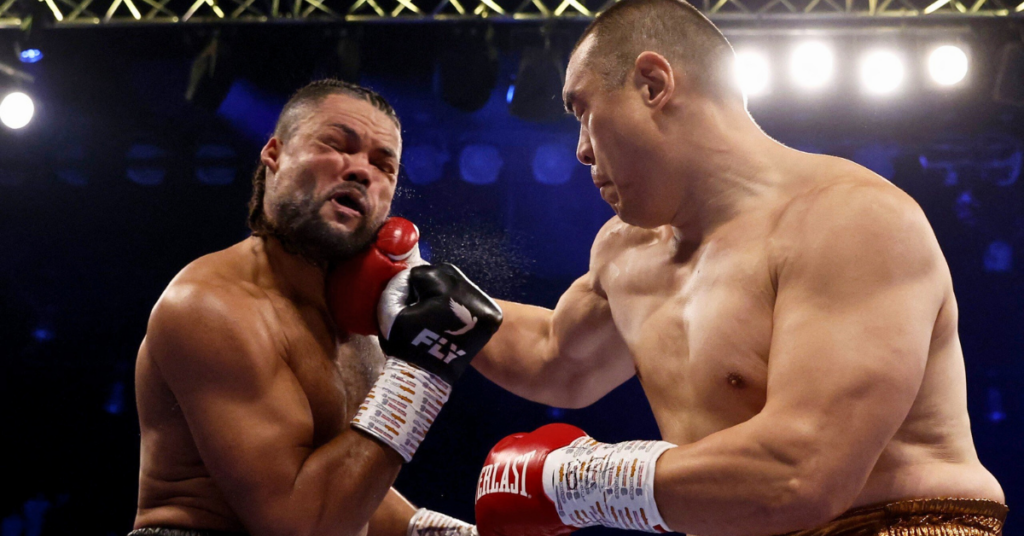Top MMA Trainer Unveils Why Conor McGregor Gasses In Big Fights

It’s no secret that former UFC featherweight and lightweight champion Conor McGregor has had issues with his cardio.
Usually, ‘The Notorious One’s’ fights wouldn’t last long enough for the Irishman to have to worry about his fatigue level, thanks to his monstrous left hand. In March of 2016, McGregor’s issues with cardio were first exposed during his fight with Nate Diaz.
Mystic Mac exhausted himself with his offensive output in the first round. He entered the second round fatigued before being subsequently submitted by Diaz via rear-naked choke.
In their rematch just five months later, McGregor again showed some cardio issues in the middle of the fight before catching a second wind and winning via majority decision. McGregor made his professional boxing debut in August of last year against Floyd Mayweather Jr., again gassing out in the later rounds of the contest before being TKO’d in the 10th round by ‘Money.”
Tristar Gym head coach Firas Zahabi recently joined UFC commentator Joe Rogan’s podcast, The Joe Rogan Experience, and offered a theory as to why McGregor has been having issues with his cardio (quotes via Bloody Elbow):
“It think it’s partly genetic,” Zahabi said. “I call it the touch of death. He’s got that left hand, it’s the touch of death. That touch of death comes at a cost. How do you have the touch of death? Where does power come from? Number one on the list, number one, is where your muscle is attached to the bone. It’s genetic.
“”So, Mike Tyson, he has a powerful left hook not because his coach taught him how to hit a left hook. He could have hit a left hook like that if he had a mediocre trainer. It has to do with the leverage of his bones,” he continued. “So, for instance, imagine a really heavy pole that weighs a hundred pounds, and I want to stand it up.
“Well, depending on where I grab it, I’m gonna have more resistance or less resistance. If I grab it near the end, I have more leverage. So where your muscles are attached to the bone is gonna dictate how much leverage you get out of it.”
Zahabi then explained how the type of muscle fiber McGregor has could also be a contributing factor:
“If you have a fast-twitch muscle fiber, you can hold less oxygen, but it can twitch faster. Hence the name,” Zahabi explained. “So, if you’re a slow-twitch muscle fiber guy, you can metabolize more oxygen, but you can’t twitch as fast. So, there’s a give and take. So you have a guy like Nick Diaz who needs to knock you out with volume.
“He can’t knock you out with one shot,” he added. “Look at B.J. Penn. If round one, he doesn’t knock you out, the likelihood of him knocking you out in round two is less. Diaz is the opposite. The likelihood of him knocking you out in round three is higher than round one, because of the cumulative attack. McGregor, look at his stats.
“It’s all round one knockout, round two knockout (using) his fast-twitch, high-leverage left hand. If you take him into deep waters, his fast-twitch muscle fibers cannot metabolize with Mayweather. Mayweather’s so smart, he let McGregor work for three rounds. ’I knew you’re getting excited, keep working.
“And when you have nothing left, I’m gonna put you out.’ That was such a brilliant strategy.”






